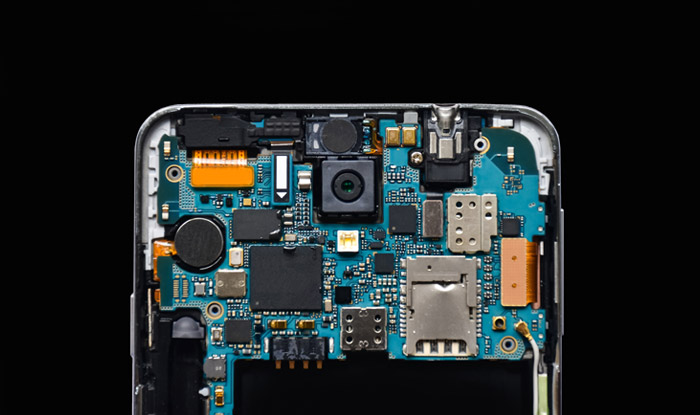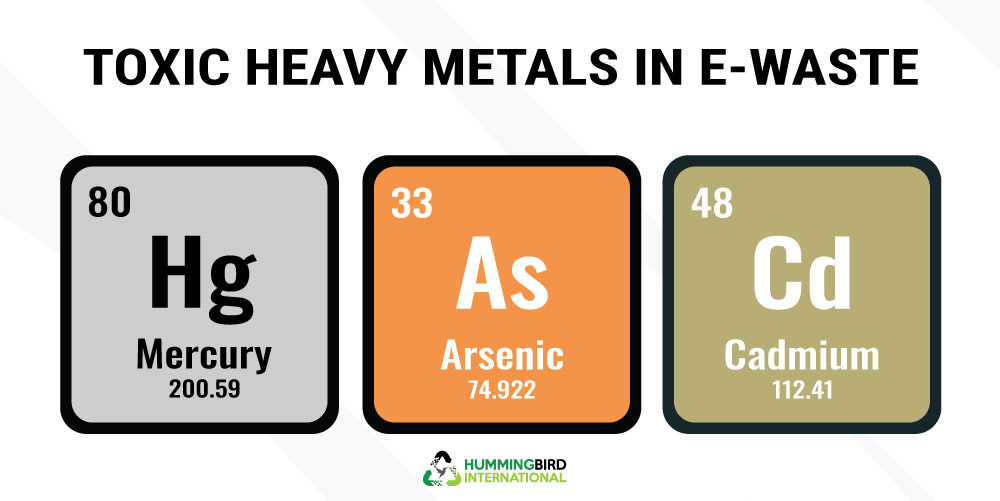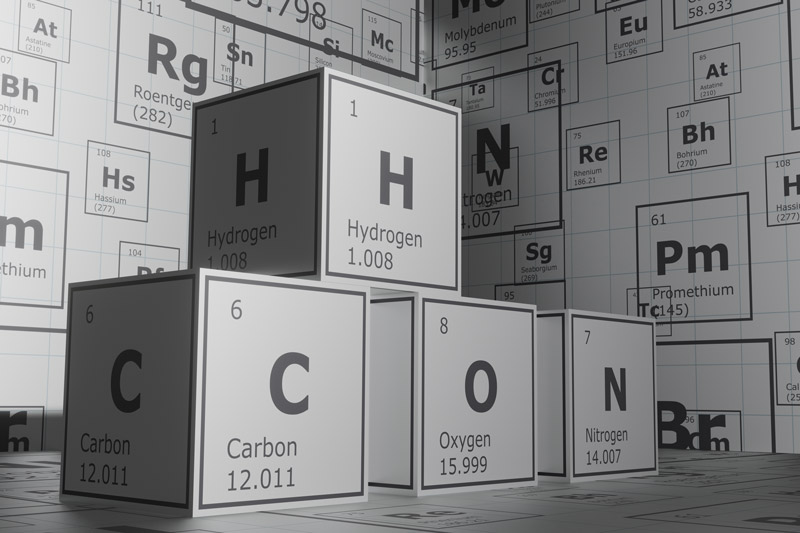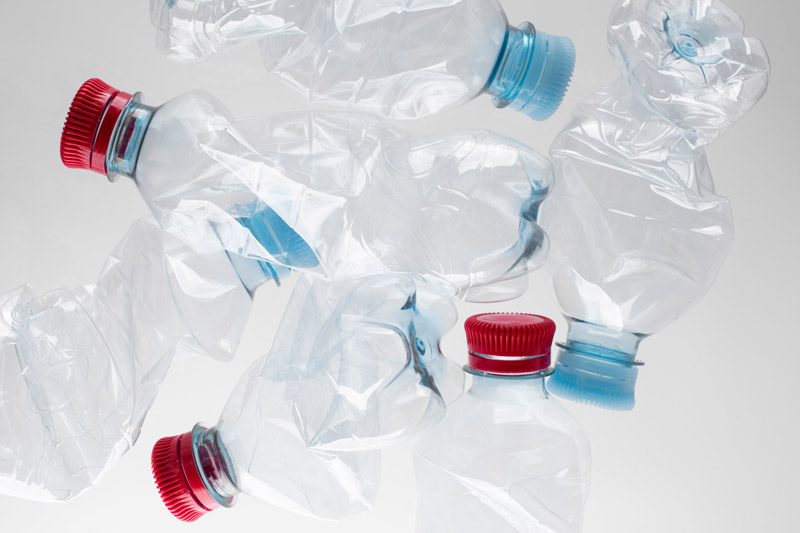A Closer Look at E-Waste Materials: What’s Inside Your Devices?

Photo Credit: iStockPhoto/Vadim Zhakupov
How many of us ever think about what our electronic devices are made of every time we buy a new one or throw the old one out?
The truth is that not many of us pay attention to it. Yet, our everyday digital devices are potential treasure troves of extremely valuable raw materials. We’re talking about things like gold, platinum, palladium, cobalt, and more.
In every tonne of e-waste that we generate, we can find 100x more gold in it than could ever be obtained from a tonne of actual gold ore.
So, all the cell phones and laptops we’ve been throwing away all these years?
A loss worth around $57 billion.
When you look at this number in the context of its human cost, the loss chafes at you more. It becomes atrocious. It turns into a harrowing tale of some of the worst forms of human suffering and oppression. Here is a Guardian article that gives you a glimpse of it.
Coming back to what’s inside our digital devices, is it all expensive metals that everyone wants to get their hands on?
Not quite. Some of the most hazardous substances, like lead and mercury, are also part of these devices, making them not only expensive and valuable but also dangerous. When we discard these devices and throw them into landfills, we create a monstrous problem that’s bad for the economy as well as the environment.
Top 5 Types of Materials Inside Our Devices
So what are the complex substances that are responsible for all this havoc? Join us as we peel back the layers and uncover what lies beneath.
Precious Metals
Precious metals like gold, platinum, and silver play a central role in the composition of a digital device. Manufacturers use these metals on circuit board plates, connectors, converters, switches, wiring, and more.

Image Source: iStock/AlexLMX
- Gold: Gold is known for its excellent conductivity and provides impeccable resistance to corrosion. It creates reliable electronic connections and is ideal for circuit boards, switches, and connectors.
- Silver: Silver is another sought-after metal for use in electric and electronic devices. It’s stable like gold, and less expensive than it too. Manufacturers use it for electrical contacts, circuit boards, and switches for high-performance e-devices.
- Palladium: Palladium offers effective pollution control and is often used in catalytic converters. You will also find them in ceramic capacitors, multilayer ceramic capacitors (MLCCs), and other components of electronic devices.
- Platinum: Compared to other metals, platinum has somewhat of a limited role in the making of digital devices, but you can often find it in hard disk drives, LCD technologies, thin film transistors, and specialized sensors.
Cobalt, copper, and iridium are some other popular substances you’ll find in digital devices, though they aren’t classified as precious metals. But precious metals or not, it’s critical to remember that they are nature’s resources that are in finite supply. Stubbornness to stick with a make-use-discard economic model will only lead to the complete exhaustion of these resources where not enough will be left to make more devices.
Moving towards a circular economy is how we can preserve these valuable metals and minerals and use them more sustainably.
• Toxic Heavy Metals
As valuable as our gadgets are to us, the presence of toxic heavy metals in them makes them a problem for all life on the planet. Lead takes the cake in terms of being the most vicious toxic substance in modern electronics, though its use has been curbed due to legislation and technological advances.
Here are the three most toxic heavy metals you can find on a typical cell phone, laptop, tablet, etc.

- Mercury: Almost all forms of flat-screen displays contain some form of mercury, which is a highly toxic and volatile substance. It causes severe health issues, especially affecting the brain and kidneys.
- Cadmium: This is the most common substance present in rechargeable batteries. It is also a known carcinogen that causes serious harm to the lungs, kidneys, and other vital organs.
- Arsenic: It’s toxic as hell but great for electrical conduction. You see it mostly in high-precision finger sensors on phones and tablets. It causes various health issues, especially to the skin and lungs, and is extremely harmful to the environment.
While environmental activists have been hugely successful in banning or limiting the use of toxic heavy metals in most consumer goods, trace amounts can be used to improve the functioning and performance of the said devices.
Doing so and then discarding the devices without responsible recycling ultimately harms the environment as well as humans. These substances leach into landfills and find their way into our soil and water resources.
• Hazardous Chemicals
Hazardous chemicals in e-waste make the whole thing non-biodegradable. Meaning: it doesn’t wither away into anything, ever. It accumulates and grows, eventually finding its way into our soil, air, water, and more.
A couple of the main chemicals that make e-waste so hazardous include:

Image Source: iStock/Edgar Joel Ipanaque Maza
- Brominated flame retardants (BFRs): This chemical is instrumental in reducing the risk of fire to our devices and their internal components. But certain forms of BRFs are resistant to biodegradation and accumulate in the environment causing harm to humans and the planet.
- Hexavalent Chromium: This highly toxic substance is often used for surface treatments and corrosion prevention. You mostly find it on the metal and chrome surfaces of consumer electronic goods for a smooth finish. It’s an extremely hazardous form of chromium, however, with significant environmental and health risks.
Do remember that while we’re keeping the discussion narrowed to digital devices, e-waste also covers household electric and electronic waste. A lot of the hazardous chemicals not found in digital goods are present in other products in our homes. To fully create a secure environment in and outside our homes, responsible recycling of all discarded goods — from cell phones to refrigerators — is important and necessary.
• Plastics
To keep all of these precious plus dangerous materials safely hidden inside a casing, plastic materials are used for various internal and external components in most consumer electronic goods.
With plastic recycling being largely a myth, and no sustainable plastic recycling solutions in place, the only way to rid global e-waste of stubborn plastic is to drastically reduce our dependence on it.

Image Source: Freepik.com/freepik
The most common types of plastics you’ll find in cell phones, laptops, and tablets include:
- Polycarbonate
- Polyvinyl chloride
- Polyethylene
- Polystyrene
- Polypropylene
- And others.
These plastics provide impact resistance, durability, and insulation to modern digital goods. You’ll find them in keyboards, computer casings, wires, batteries, charger housings, and more.
• Glass
Glass is another protective substance used to manufacture modern consumer electronic and electrical goods.

Image Source: Freepik.com/freepik
Flat panel displays are made with glass substrates. If you’ve got an older monitor or TV, it could contain cathode ray tubes (CRT) with a good amount of leaded glass. Display screens, protective screens, and camera lenses in most digital goods are made of recyclable glass that can hugely benefit from responsible recycling
There are some types of glass in these devices that cannot be recycled, however. Components that are glued or fused together may be too laborious to separate from traditional recycling and may need specialized recycling techniques.
Conclusion
As technology advances, the complexity of what’s inside our digital devices increases. In addition to some of the most sought-after precious metals like gold and palladium, our devices also house things that — if not recycled properly — can pollute the earth and with it all the natural resources that we depend on.
To inspire countries, governments, businesses, and communities to become more responsible towards recycling, the first step is understanding what we are dealing with. That’s what our article today has tried to do.
As we learn what our electronic devices are made of — the good things and the bad — we hope that it’ll inspire us to discard them more responsibly so the precious metals can be preserved and the harmful ones can be destroyed without causing harm to human or planet life.
About The Author Kelly Sampson
Kelly Sampson is a writer, blogger, and environmental enthusiast. She has strong opinions about climate change, the dogs vs. cats debate, and Oxford commas. She has lent Hummingbird International her engaging and spirited voice and turned our blog into a great place to find valuable information about e-waste, e-waste recycling, and the ITAD industry. Explore our blog to read more of her work.
